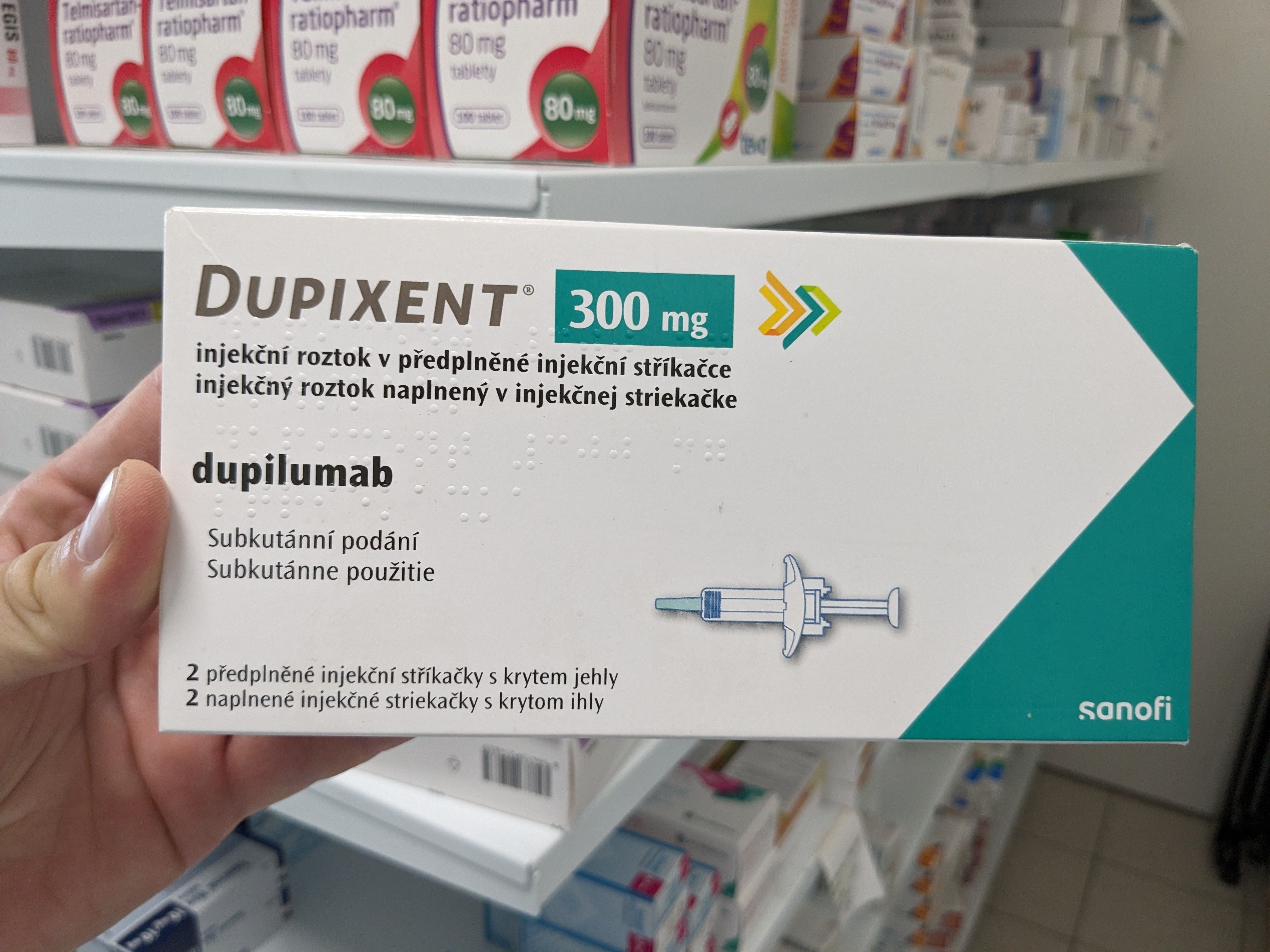Article
Physical Activity Is Associated With a Decreased Risk of Mortality and CVD Events
Author(s):
Greater levels of physical activity are associated with a decreased risk of mortality and cardiovascular disease events in low-, middle-, and high-income countries.
Greater levels of physical activity are associated with a decreased risk of mortality and cardiovascular disease (CVD) events in low-, middle-, and high-income countries.
In a study published in The Lancet, researchers recruited participants from 17 countries to track the physical activity of people of different ages (35 to 70 years old) with different economic backgrounds. All of the participants were analyzed through their responses to the International Physical Activity Questionnaire (IPAQ), and mortality and CVD were recorded during an average of 6.9 years follow-up. The effects of physical activity on mortality and CVD were then adjusted for certain sociodemographic factors.
“Meeting physical activity guidelines by walking for as little as 30 minutes most days of the week has a substantial benefit, and higher physical activity is associated with even lower risks,” lead author Scott Lear, PhD, professor of Simon Fraser University’s Faculty of Health Sciences and Pfizer/Heart & Stroke Foundation Chair in Cardiovascular Prevention Research at St. Paul’s Hospital in Canada, said in a statement.
A total of 130,843 participants completed the IPAQ and did not have preexisting CVD. High physical activity was associated with a significant reduction in mortality and major CVD when compared to those with low physical activity. Additionally, higher physical activity was linked specifically with a lower risk of CVD and mortality in high-, middle-, and low-income countries.
“The affordability of other cardiovascular disease interventions, such as generic drugs and consuming fruits and vegetables, are often beyond the reach of many people in low-income and middle-income countries,” Lear noted. “However, physical activity represents a low-cost approach to preventing cardiovascular disease, and our study provides robust evidence to support public health interventions to increase all forms of physical activity in these regions.”
Furthermore, the study suggested that either higher recreational or non-recreational physical activity both contribute to a lower risk of mortality and CVD events among all income levels. Increasing physical activity is a low cost and global strategy that could decrease the number of deaths and CVD events among middle-aged individuals.
“Our study found that high physical activity was only possible in people who completed physical activity as a form of transport, part of their job or through housework—with 37.9% people who acted in this way attaining this level of activity, compared to 2.9% who were only physically active in their leisure time,” Lear concluded. “This reflects the challenge of trying to be highly active during limited daily leisure time outside of work and domestic duties.”

Dupilumab Treatment for Patients With CSU: Insights From Jason Hawkes, MD, MS



